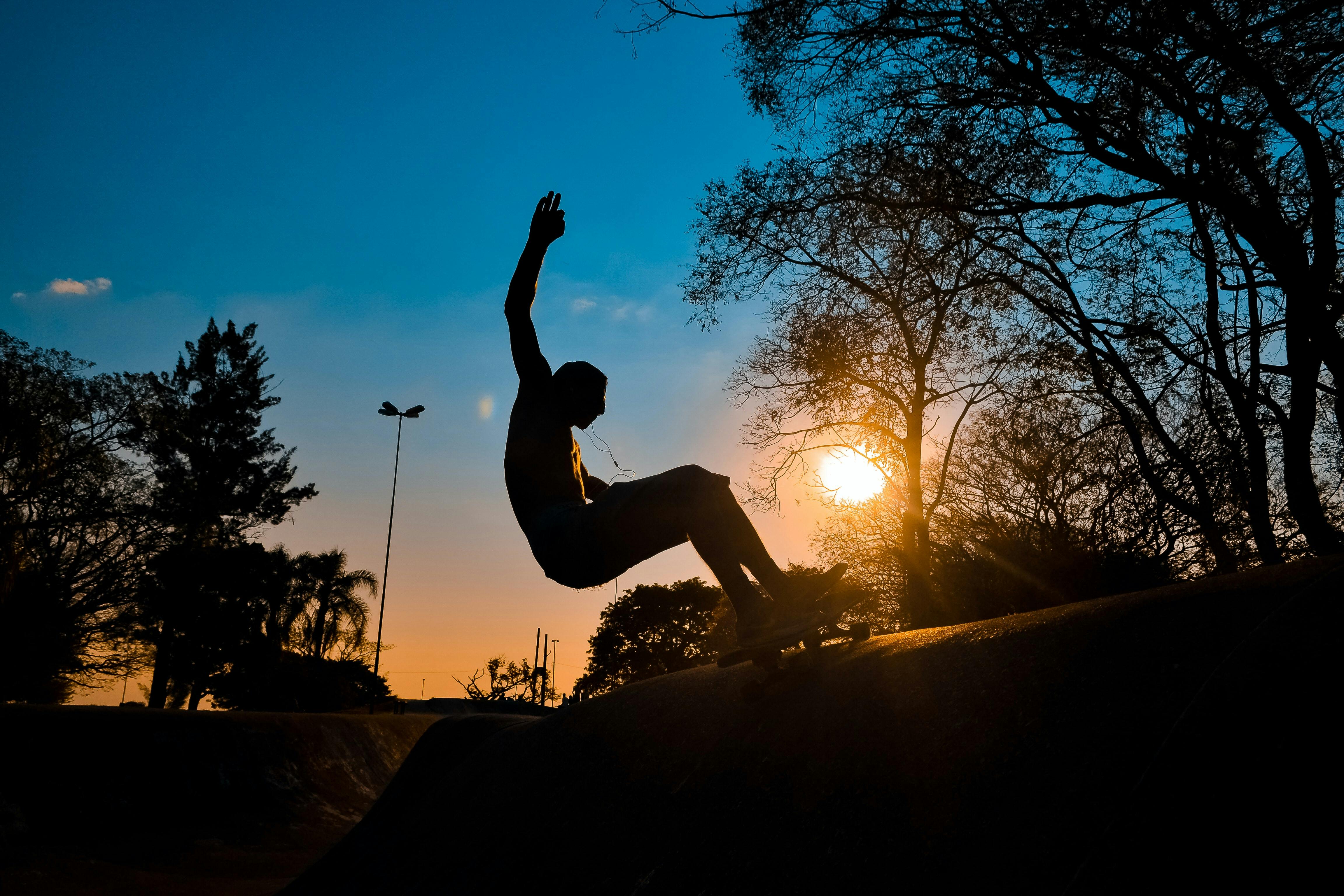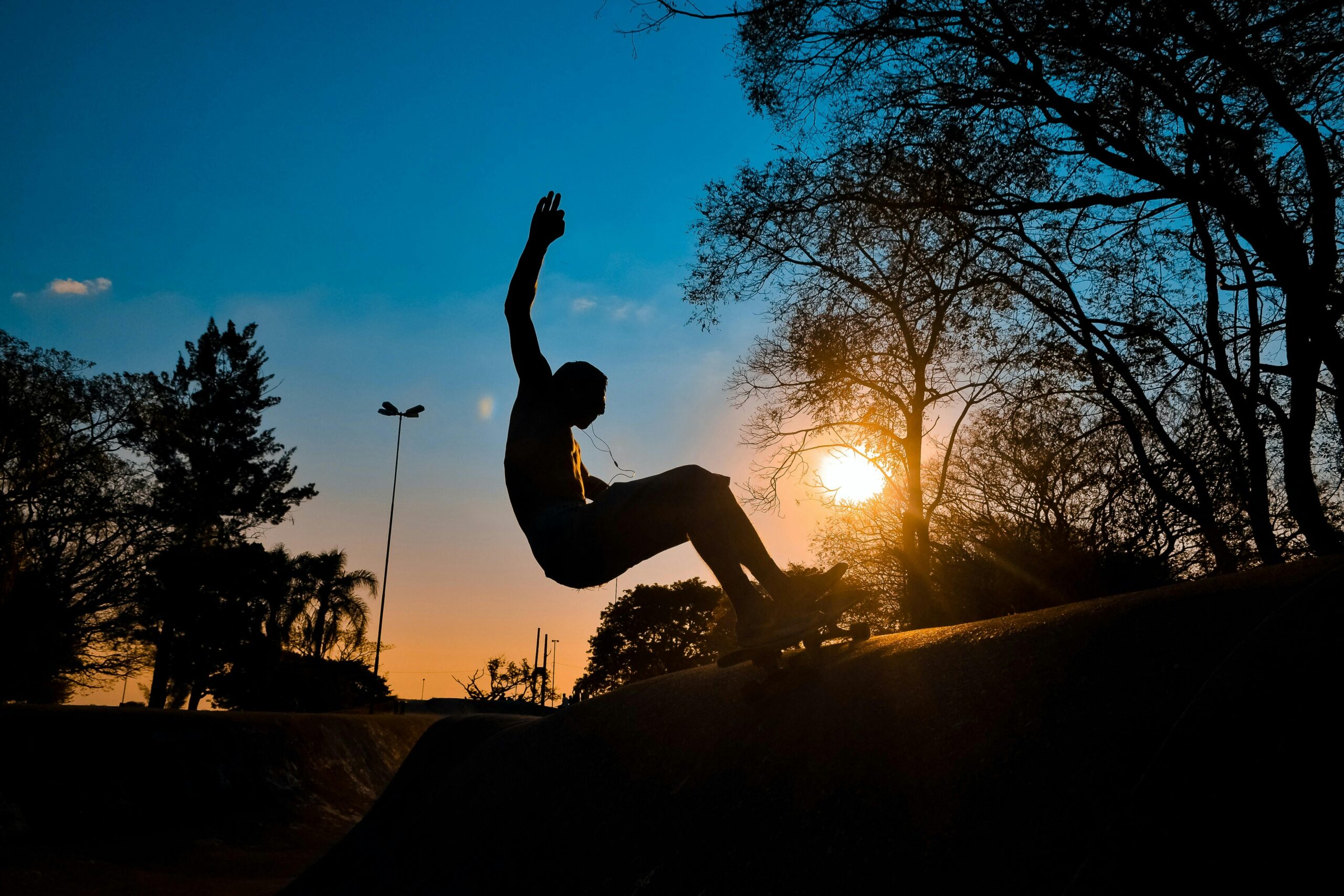Mastering RS Sports: A Complete Guide for Enthusiasts
RS Sports has rapidly become a cornerstone in modern athletic training and competitive development. As technology transforms how athletes train, recover, and perform, understanding RS Sports is more essential than ever. In this comprehensive guide, you’ll discover what RS Sports entails, how to apply it effectively, and why it’s shaping the future of sports performance.

Understanding the Fundamentals
RS Sports, short for Reactive Strategy Sports, refers to a modern framework that blends analytics, performance metrics, and agile strategy to improve athletic outcomes. Unlike traditional approaches, RS Sports emphasizes continuous feedback, real-time adjustment, and strategic development tailored to the athlete.
This approach matters because athletes now face increasingly competitive environments. To thrive, they must train smarter, recover faster, and adapt quicker—core tenets of RS Sports methodology.
1.1 Real-Time Feedback Loops
One of RS Sports’ defining features is real-time feedback through wearable technology and smart devices. These systems capture biometrics like heart rate variability, speed, and muscle load during workouts or games.
For instance, elite soccer clubs have adopted GPS-enabled vests to monitor player stress and prevent injuries. This data allows coaches to intervene proactively, fine-tuning practice routines in response to individual thresholds.
1.2 Strategic Adaptability
Unlike rigid training plans, RS Sports emphasizes strategic adaptability. It encourages athletes to modify routines based on performance metrics and real-world outcomes, creating a dynamic feedback environment.
In practice, this means a runner may shorten a session when fatigue indicators rise, or a basketball team might change defensive strategy based on opponents’ evolving play patterns. It’s sports science meeting intuition, amplified by data.
Practical Implementation Guide
Now that we’ve explored the core concepts, let’s break down how to apply RS Sports principles to your own training or coaching routine. Whether you’re a pro or weekend warrior, practical application is the key to results.

2.1 Actionable Steps
- Assessment & Baseline: Begin by recording baseline metrics such as VO2 max, resting heart rate, and mobility scores using fitness wearables or lab testing.
- Customized Program: Use data to craft a personalized training protocol. Tools like HR monitors and GPS watches can automate metric collection and program updates.
- Review & Adjust Weekly: Evaluate metrics weekly to adjust for progress or regressions. Set milestones (e.g., improved sprint time, reduced recovery duration) to keep on track.
2.2 Overcoming Challenges
While RS Sports offers significant advantages, implementation isn’t without hurdles:
- Data Overload: Focus only on key indicators to avoid paralysis by analysis.
- Inconsistent Tracking: Standardize equipment and time of day for consistent measurements.
- Equipment Costs: Start with affordable tools like smartphone apps and scale up.
- Resistance to Change: Educate teams about the long-term benefits to gain buy-in.
- Misinterpreting Results: Work with professionals when needed to interpret complex data.
Experts also recommend starting simple. Don’t try to integrate every metric at once—choose two or three performance indicators and grow from there.
Advanced Applications
Once you’ve mastered the basics, RS Sports opens doors to advanced techniques that take athletic development to the next level. These applications are ideal for teams, elite performers, or specialized sports training centers.

3.1 Biomechanical Optimization
High-level athletes use motion capture and 3D modeling to correct inefficiencies in form. For example, Olympic swimmers can adjust stroke mechanics with immediate visual feedback, shaving seconds off lap times.
These methods deliver measurable improvements: in one study, biomechanical corrections led to a 7% efficiency gain in professional sprinters over eight weeks.
3.2 Cognitive Training Integration
RS Sports also integrates mental conditioning tools, such as neurofeedback, reaction drills, and focus tracking. These help athletes stay sharp under pressure and reduce decision fatigue.
Some professional esports teams, for instance, use these techniques to boost reaction times and reduce tilt during matches—principles that translate well into traditional athletics.
Future Outlook
As technology continues to evolve, RS Sports will expand into more areas. Expect AI-powered training apps, smarter recovery systems, and even virtual coaching environments to become standard practice within the next 3-5 years.
To stay ahead, athletes and coaches should invest in continuous learning and be open to trialing emerging tools. The next frontier of sports success is being built today, and those who adapt early will gain the most.
Conclusion
RS Sports represents a revolution in how we train, compete, and recover. The three main takeaways are: embrace data-driven feedback, build adaptable training routines, and leverage advanced tools to gain an edge.
If you’re serious about maximizing your athletic potential, start integrating RS Sports principles into your routine now. Consider connecting with a certified trainer or exploring new tools that support real-time monitoring and feedback.
Frequently Asked Questions
- Q: What is RS Sports? RS Sports stands for Reactive Strategy Sports, a performance training system using real-time data and adaptable routines to enhance athletic performance.
- Q: How do I get started with RS Sports? Begin by assessing your current fitness metrics, then integrate basic tracking tools like smartwatches or fitness apps into your training routine.
- Q: How much time does it take to see results? While individual outcomes vary, most users notice measurable improvements in performance within 4–6 weeks of consistent application.
- Q: Is RS Sports expensive? Costs range from free mobile apps to advanced tools like smart wearables and coaching subscriptions. Start small and scale as needed.
- Q: How does RS Sports compare to traditional training? RS Sports offers a more dynamic and personalized approach, leveraging data to optimize performance, unlike static traditional routines.
- Q: Do I need technical skills to use RS Sports tools? Basic tools are user-friendly, while more advanced systems may require some learning. Many platforms provide tutorials and support.
- Q: Can RS Sports be used in team environments? Absolutely. Many teams use RS Sports to coordinate training loads, injury prevention strategies, and real-time game analytics for group improvement.
